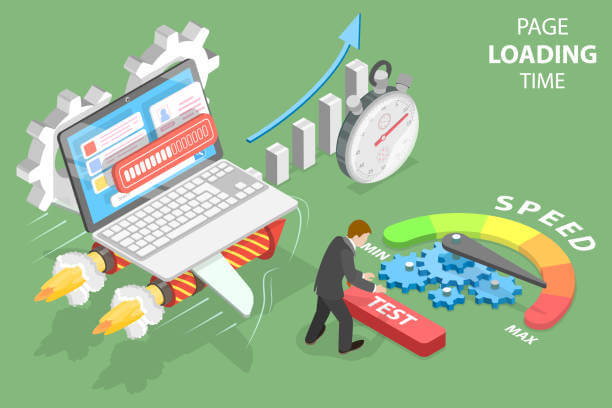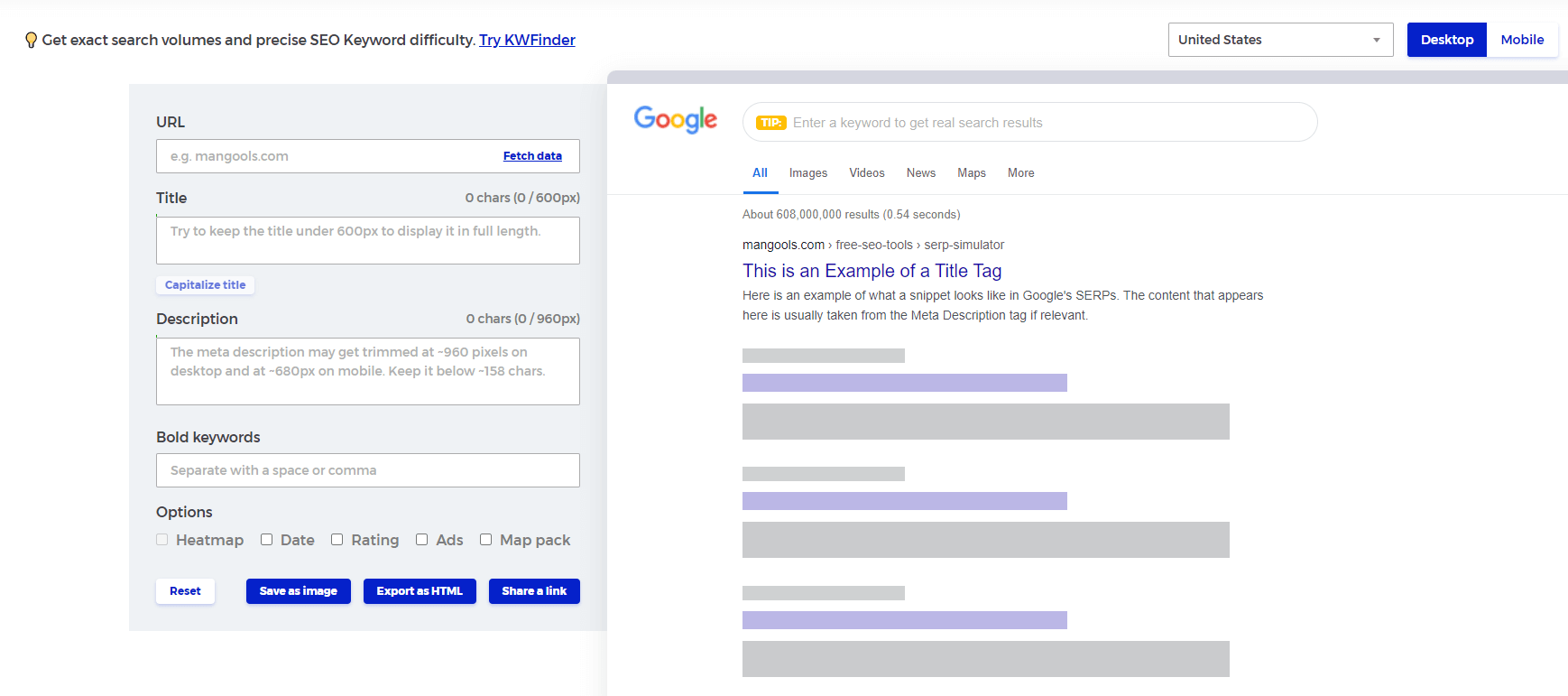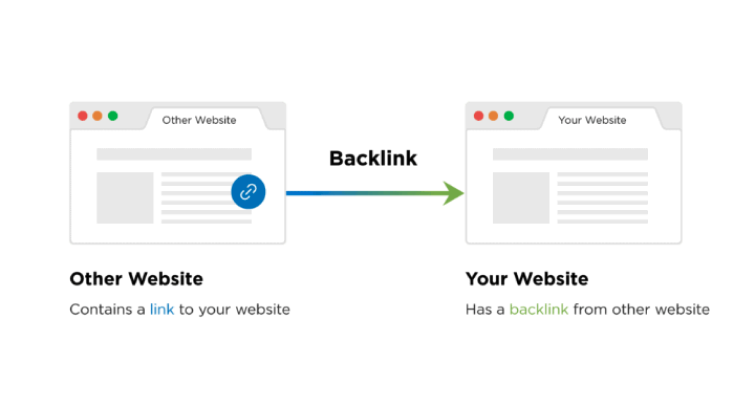Bring out the best of your Shopify store through effective Search Engine Optimization or also known as SEO. Even though Shopify reigns as one of the most popular platforms in eCommerce where small online businesses are found, it still needs the help of SEO.
Some of the powerful Shopify SEO tips you can try are on the list below. These steps help keep the visibility of your Shopify store on top.

What is SEO?
Technically, SEO is used to improve your website to increase its visibility to people who search the internet for some related products and services through Google, Mozilla, and others. As long as your website stays on the top of the search new customers and existing ones will be directed to your store and hopefully make a profit.
Google and Mozilla are search engines that use crawl pages on the web through bots to collect information about each page. Such information shall be placed in an index for easier access. SEO is, in fact, the very basis for the success of effective marketing.
Benefits of SEO to Shopify Stores
1. SEO is practical and easy to apply.

With SEO, various benefits can be acquired such as your ranking in the search engine. To have better web visibility and more new customers, keyword search can be applied. This strategy allows online businesses to check which keywords match what they have and the kind of SEO they need. Lastly, using SEO is very practical and easy that you can generate leads without spending much.
2. SEO is Mobile-friendly.
It will be easier for your business to reach your target audience through SEO. Because of its mobile-friendly features, SEO can make Shopify stores visible to shoppers using smartphones to browse products and make a purchase. This is a generation of mobile users, thus, the age of mobile shopping as well.
3. SEO Gauges and Sharpens Your Performance

Using SEO in your business tests your patience and endurance. The result of your hard work does not immediately show up. It takes time to the point that can make anyone give up along the way. Your ability to track orders allows you also to study the behavior of your customers which you can use for future needs like when you need a fresh new marketing strategy. By following those Shopify SEO tips, you are simply sharpening your skills as an online store.
Shopify SEO Tips
Here are some simple Shopify SEO tips to explore.
1. Install Google Analytics for your store

With Google Analytics installed on your PC for your store, it’s faster and more convenient for you to collect data about your customers. Every website visitor’s data are acquired by Google Analytics using a Javascript page tag inserted into each page. By running through the website visitor’s web browser, important details were gathered and then sent to one of Google’s servers. Using Google Analytics for your Shopify store gives you a data-driven technique to further achieve more customers and generate more traffic.
2. Build an easy-to-understand website structure
The structure of your website should be easy enough for site visitors to navigate, which pertains to how the pages on your site are connected through valid internal links. The context can be easily read by the algorithm if the site’s information is organized the right way. Likewise, a good website structure provides users with smooth browsing and also an improved crawling in discovering the good pages on your site.
3. Page Experience & Page Speed Optimization

Better page experience is possible through good page speed optimization. This process is an SEO tactic that improves the search visibility and traffic of a website using specific keywords. Customers can quickly find your store and choose it over the many competitions online if it has all the related keywords to their search.
You can check your website’s loading speed with Google’s speed test tool: PageSpeed Insights.
4. Title Optimization
One way of improving your site’s ranking in the search engines is to use your target keywords in the title of any product, webpage, or blog you are creating. Titles should only be up to 70 characters or fewer to make the title tag easy to understand.
You can use mangonels free tool to test your website title and meta description

5. Meta description Optimization

On-page SEO can work better if you will optimize your Meta description or if you make that snippet only up to 155 characters and which is a summary of what a page is about. With a clearly-written Meta description, your Shopify store can be easily found by customers and thus, generate more leads and sales.
6. Image ALT and size optimization
Alt attributes need to be clear and carefully written. The names of the images you put on your website should be descriptive enough and in plain language so as not to confuse your customers. Likewise, selecting the right file size and type is required to enhance your website’s speed and quality.
7. Conduct keyword research based on your product

Through applications like Ahrefs and SurferSEO, you can discover keywords that are closely related to your product and service. Such keywords play a vital role in your Shopify SEO needs. Specifically, those keywords should appear in each tag and title of your content to ensure they will be detected by the crawlers.
8. On-page optimization check
In connection with conducting a keyword search, on-page optimization has to do with your use of those keywords in your blog or other content. They are your customers’ way of getting into your website and it is your website’s means of being considered by the crawlers to be included in the Google index. The same apps and tools, Ahrefs and SurferSEO, can assist you in optimizing every page of your website by giving you information on how many times a keyword was used and how many times you still need to use them.
9. Start Blogging

Once you already have a solid list of keywords and phrases that are trending and connected to your product, it’s now time you write your blog. Make use of all those keywords, images, and other elements such as descriptions you learned earlier to improve your website’s content. Remember to always “optimize” and “organize” all that you present for better customer retention and appeal.
10. Optimize for Mobile
Your blog needs to be read by everybody as much as possible for a higher chance of being noticed and of getting higher sales. One way to do that is by optimizing your content for mobile use. A lot of customers prefer using smartphones that their PC or laptop because they’re always on the go. Make sure to check if your content can be viewed on mobile beforehand.
Bottomline
Keep in mind that everything on the internet happens with just a click. Using SEO for your Shopify store is about making people have that interest to click on your website to check out your products and eventually, make a purchase. SEO, when used the right way, can make that search a lot easier for your website and your customers to meet. Study each strategy in SEO and learn your way to always be on top of the search results next time.




